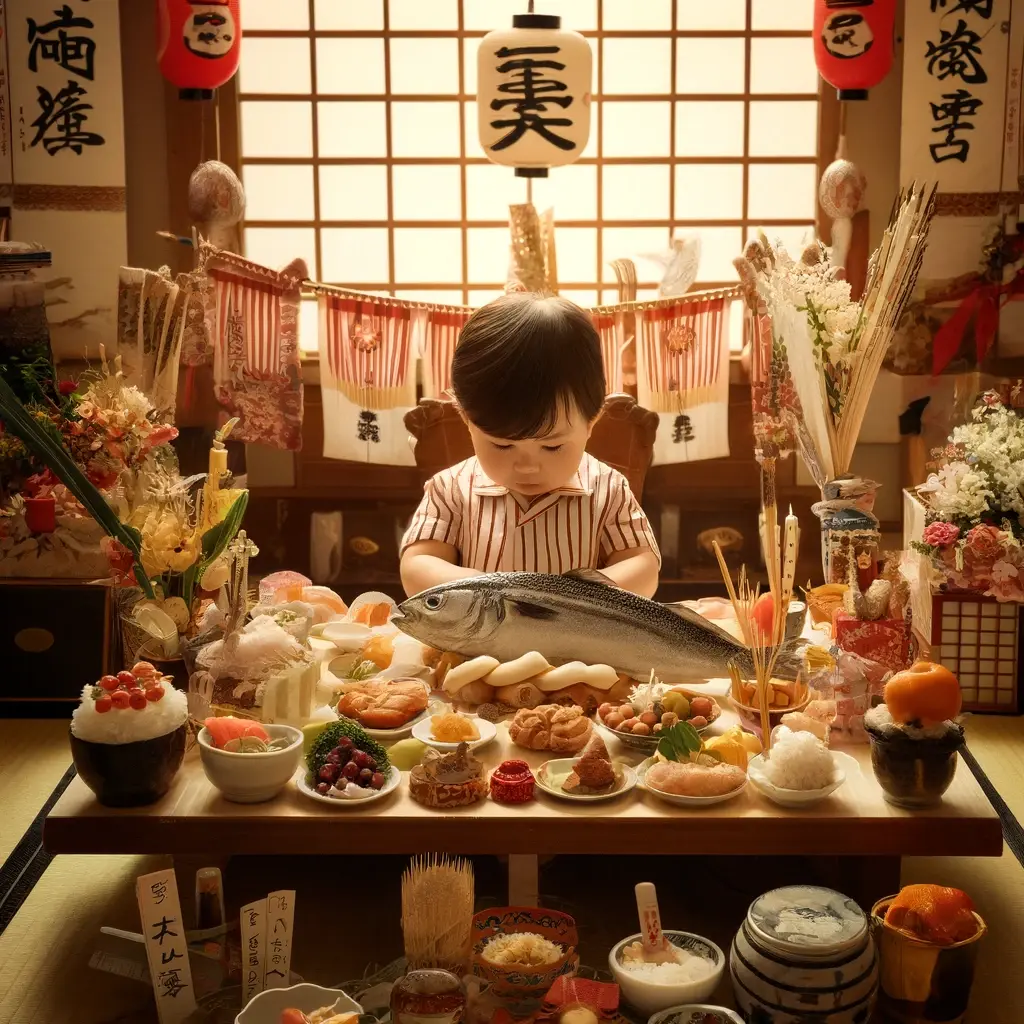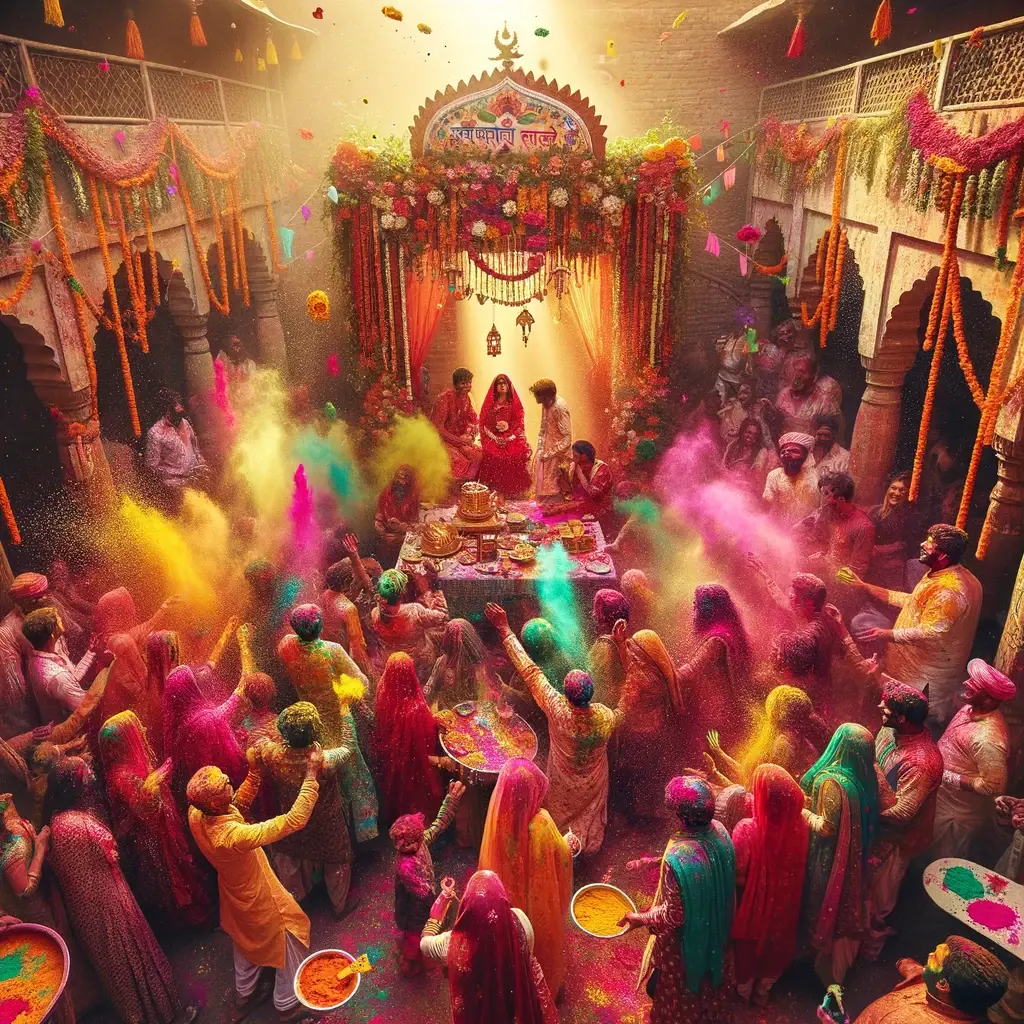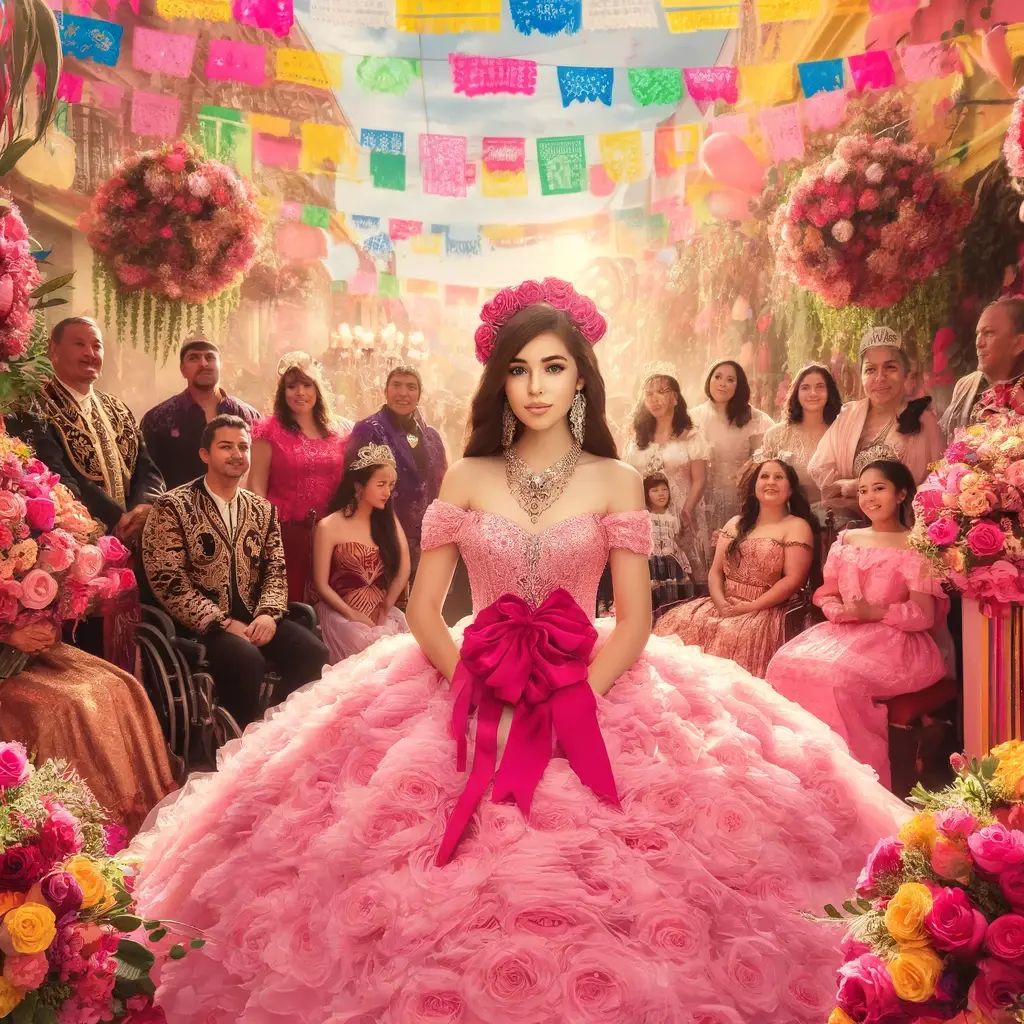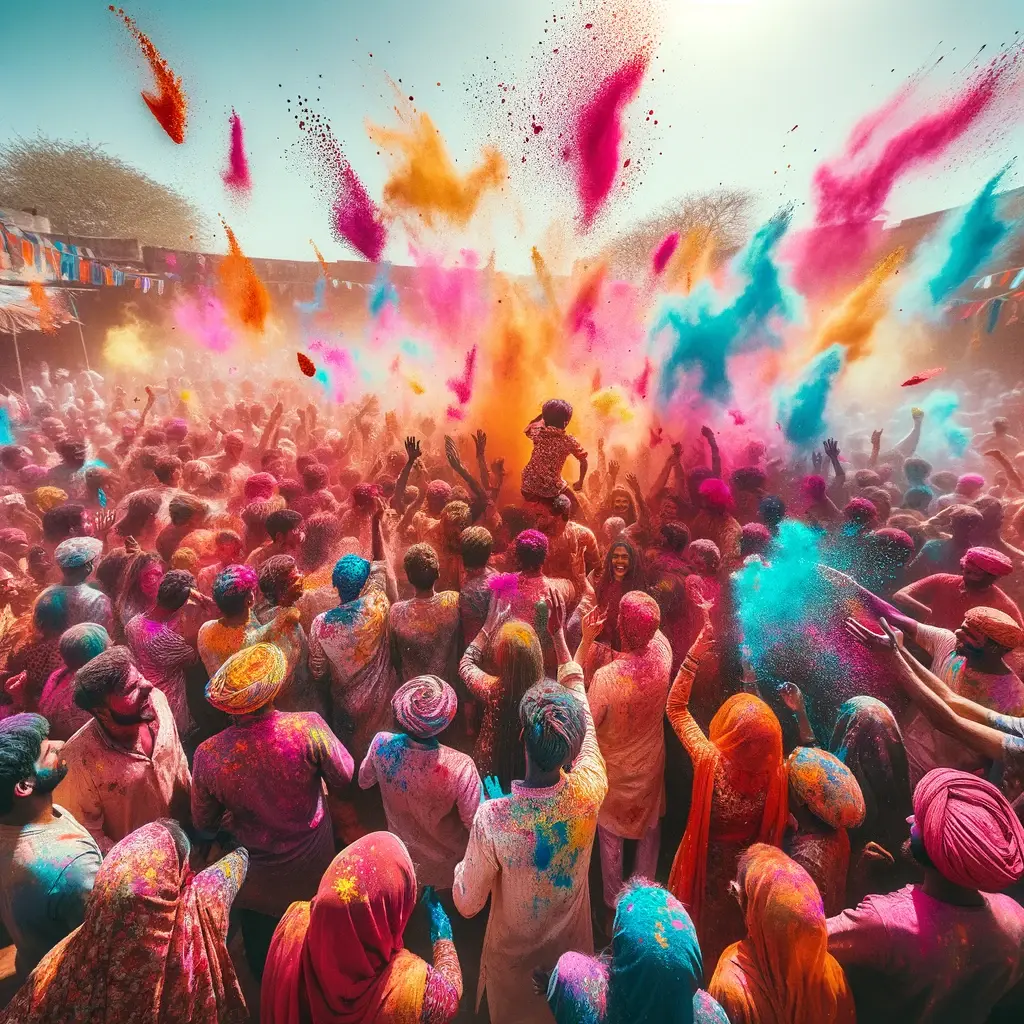- Understanding Birthdays Through Different Cultural Lenses: More Than Cake and Candles
- The Origin of Birthday Celebrations
- Cultural Significance Across Different Societies
- Modern Innovations and Commercialization
- Technology’s Role in Birthdays
- Birthdays and Identity
- Personal Reflections and Societal Impacts
- Conclusion to the Significance of Birthdays
Understanding Birthdays Through Different Cultural Lenses: More Than Cake and Candles
What makes birthdays so special, regardless of where you are in the world?
Yesterday, I celebrated my 33rd birthday, and as I blew out the candles amidst the soft chorus of well-wishes and the warm glow of candlelight, I found myself reflecting. Gone are the days of bright-eyed wonder and impatient excitement that used to herald this day. Now, it’s a quieter affair—mature, composed, and tinged with nostalgia for the magical delight of birthdays past. This shift from the raucous joy of childhood to the more subdued celebration of adulthood made me ponder: What makes birthdays so special, regardless of where you are in the world? How do different cultures celebrate this personal New Year, and what can we learn from them about keeping the magic of birthdays alive?

Across the globe, from the vibrant, candle-lit fiestas of Mexico to the serene tea ceremonies of Japan, birthdays are a tapestry of tradition and emotion, weaving together the values, beliefs, and customs of people everywhere. This exploration is not just about age or the passage of time, but about celebrating life itself—a universal moment of joy, reflection, and sometimes, a rite of passage. Join me as we delve into the fascinating world of birthdays, understanding how these celebrations reflect the unique cultural lenses through which we view our existence.
The Origin of Birthday Celebrations
Historical Perspective
The custom of commemorating birthdays stretches back to ancient civilizations, marking it as one of humanity’s oldest celebrations. The Ancient Egyptians were perhaps the earliest to celebrate birthdays, but exclusively for their pharaohs, whom they considered gods upon their coronation. On these sacred anniversaries, large feasts and communal gatherings were customary to honor their divine ruler.
Following the Egyptians, the Greeks contributed further to birthday culture by introducing the concept of birthday candles. This practice was a homage to Artemis, the moon goddess; cakes were adorned with candles to radiate like the moon, illuminating the night and guiding her attention to the celebrant. Meanwhile, the Romans expanded these celebrations from royalty to the common people, marking the first known instances of regular citizens celebrating their own birthdays. However, this inclusivity was gendered and limited; Roman women wouldn’t see their birthdays celebrated until the 12th century.

Evolution Over Time
As time marched on, the manner of celebrating birthdays underwent significant transformations. What began as esoteric rites to safeguard against evil spirits—where revelers used noise and merriment to scare away malevolence—slowly morphed into the celebratory traditions we recognize today. These festivities, once solemn and ritualistic, evolved into exuberant celebrations filled with joy and social gatherings, reflecting a shift from superstition to festivity.
By the Middle Ages, these practices had taken root across Europe, with each culture infusing its own traditions and beliefs into the celebrations. This evolution was not merely a change in how birthdays were celebrated but also a reflection of broader social and cultural shifts that emphasized individuality and personal significance.
Today, birthday parties are a global phenomenon, celebrating the individual’s life and achievements, transcending age, geography, and cultural barriers. They serve not only as personal milestones but also as universal connectors that bring people together in shared joy and community spirit.
Cultural Significance Across Different Societies
Western Traditions (U.S., Canada, Europe)
In Western societies, birthdays are marked by cakes, candles, and wishes, a tradition infused with both joy and superstition. The practice of blowing out candles, for instance, stems from Germanic folklore where it was believed that smoke carried one’s wishes and prayers to the heavens.
Milestone birthdays such as the 16th, 18th, 21st, and 50th carry specific cultural significances, often linked to historical and social milestones—18 and 21 marking the coming of age and legal adulthood in many countries, and 50 often celebrated as a passage into wisdom and maturity.

Eastern Traditions (China, Korea, Japan)
In the East, where the lunar calendar predominates, birthdays often align with natural cycles, giving them a rhythmic, almost celestial significance.
In Japan, a baby’s first birthday is marked by the Okuizome ceremony, where the child is presented with a symbolic meal, including a stone, to wish them lifelong strength and health. This ritual highlights the community’s hopes for the child’s future and the protective spirit of ancestral traditions.
Latin American Practices
Latin America’s birthday customs are as vibrant and diverse as its cultures. In Mexico, the Quinceañera celebrates a girl’s fifteenth birthday with elaborate parties signifying her transition into womanhood.
In Colombia, birthdays often feature serenatas, where musicians are hired to serenade the celebrant, reflecting the region’s deeply musical culture and the importance of festive, communal celebrations.

South Asian Customs (India, Nepal)
In South Asia, astrological considerations deeply influence birthday celebrations. In Hindu culture, the first birthday is particularly lavish, involving complex rituals that bless the child’s future.
In Buddhist parts of Nepal and Sri Lanka, birthdays are often celebrated with acts of generosity like donating food and clothes to the needy, reflecting Buddhist values of kindness and detachment from materialism. These rituals not only celebrate a person’s age but also their spiritual journey and societal roles.
Modern Innovations and Commercialization
As global connectivity increases, so too does the commercialization of personal and cultural celebrations like birthdays. This shift, while bringing standardized practices into local traditions, also poses questions about the dilution of those very customs.
The Double-Edged Sword of Commercialization
In many parts of the world, the quintessential birthday party—complete with themed decorations, sugary cakes, and gift-laden piñatas—has become emblematic of how American-style celebrations have influenced global birthday customs. Major corporations and industries, from greeting card manufacturers like Hallmark to global entertainment giants hosting character-themed parties, have homogenized the way birthdays are celebrated. This has made accessible universal symbols of celebration, like the birthday cake adorned with candles, a common sight worldwide.
However, this wave of commercialization also risks diminishing the rich, diverse cultural practices that define birthdays in different regions. For example, while a child in rural India might once have celebrated with a simple family gathering and local rites, increasing exposure to Western birthday motifs through media and commerce might shift expectations and practices towards more lavish, purchased celebrations.

Preservation Through Global Exposure
Conversely, the global spread of birthday-related industries has also played a role in preserving certain niche traditions by introducing them to broader audiences. Specialty companies that cater to diaspora communities allow for the maintenance and even revival of traditional practices. For instance, Korean doljanchi or Japanese Okuizome themed party packs can be found far from their origins, helping maintain these rich traditions even in places where they might otherwise have been lost to globalization.
The Role of Technology
Technology further complicates the landscape of modern birthday celebrations. Social media platforms not only allow for the sharing of birthday customs and traditions across cultures but also create new ones. Virtual birthday parties, which gained significant popularity during global lockdowns, are one such innovation that could become a mainstay, reflecting a shift towards more digitally integrated human experiences.
Technology’s Role in Birthdays
Digital Celebrations
The impact of technology on birthday celebrations has been profound and multifaceted, particularly highlighted during the COVID-19 pandemic when traditional gatherings were impossible.
Digital platforms have not only enabled virtual gatherings but have also redefined what it means to celebrate. Zoom birthday parties, virtual cake-cutting ceremonies, and livestreams have become new norms, ensuring that people can share their special day with loved ones, regardless of physical distance.

Moreover, technology has introduced innovative gifting solutions like digital gift cards or e-vouchers, and even digital assets like NFTs, that align with contemporary lifestyles more integrated with the digital economy.
Social media has further transformed birthday rituals; Facebook reminders make it unlikely we’ll forget a friend’s birthday, and curated birthday fundraisers have introduced a philanthropic angle to birthday celebrations.
However, these technological advances also bring challenges. The personal touch of a handwritten birthday card or a face-to-face celebration is often lost in digital interactions.
The ease of sending a quick birthday text or a generic online greeting card may reduce the thought and effort traditionally put into birthday celebrations.
Birthdays and Identity
Personal Identity vs. Cultural Identity
Birthdays serve not just as a celebration of an individual’s age but also as a profound reflection of personal and cultural identity. Traditionally, these occasions have been steeped in the customs and values of a person’s heritage, tailored to echo the spiritual and communal beliefs of their culture.
For instance, the elaborate first birthdays in South Korea (doljanchi) or the debutante balls in Brazil each highlight different cultural values such as community, coming of age, and blessings for the future.

However, as global and commercial influences blend more into local customs, there’s a growing concern that these traditional values may be overshadowed. The adoption of Western birthday symbols like cakes and candles across different societies often comes at the expense of unique local practices.
This shift can lead to a homogenization of celebration practices, potentially diluting the rich cultural narratives that have defined these personal milestones.
This poses significant questions about the future of cultural identity in birthday celebrations: Are we moving towards a unified global culture in how we celebrate, or can these elements coexist, allowing new traditions to emerge alongside the old?
The balance between preserving cultural uniqueness while embracing new practices is delicate and crucial for maintaining the diversity of birthday traditions around the world.
Personal Reflections and Societal Impacts
As we explore the vibrant mosaic of birthday customs around the world, we uncover more than mere celebrations; we discover a profound expression of both individual and collective identities. These traditions are not just about marking another year of life; they are a celebration of heritage, an affirmation of cultural values, and a testament to the continuity of life across generations.
Birthdays serve as poignant reminders of our roots and growth. They reflect personal histories and communal ties, linking the past with the present—and potentially, the future. Each ritual, whether it involves lighting candles, sharing cakes, or performing specific rites, is imbued with layers of meaning that resonate with those who partake in them. These practices help to reinforce social bonds and provide a sense of belonging and continuity in an ever-changing world.
Furthermore, these celebrations also offer a lens through which we can view societal values and norms. For example, the emphasis on milestone birthdays in many cultures highlights the significant stages of life according to societal expectations. These occasions often prompt reflection on personal achievements and societal contributions, serving as a rite of passage celebrated by the community.
Yet, as we integrate more global influences and commercial elements into traditional celebrations, it prompts us to question how these changes affect the authenticity and integrity of our cultural expressions. This evolution invites us to consider the balance between innovation and preservation, encouraging a dialogue between generations to define what truly makes these milestones meaningful.
By reflecting on how birthdays are celebrated, we not only acknowledge the richness of global traditions but also embrace the shared human experience of life’s journey. This universal connection, celebrated individually but understood collectively, highlights the unique yet unified nature of human cultural expression.

Conclusion to the Significance of Birthdays
This journey through the diverse world of birthday celebrations has illuminated the rich tapestry of traditions that define and distinguish our global cultures. From the candle-lit soirées of the West to the vibrant, community-focused festivities of Latin America, each tradition offers a unique window into the values and histories of its people. As I reflect on my own 33rd birthday, this exploration has not only broadened my understanding of these global practices but has also deepened my appreciation for the myriad ways in which we celebrate life’s milestones.
Indeed, birthdays are more than just annual markers of age; they are vibrant expressions of life, heritage, and community. They reinforce our connections to the past through tradition, and at the same time, adapt to the present and look toward the future through modern innovations and shifts in societal norms.
I invite you, the reader, to share in this celebration of life. How do you celebrate your birthday? Have your traditions evolved over the years? Do you see a blend of cultural influences in your celebrations? Share your stories in the comments below—let’s continue to learn from each other and keep the magic of birthdays alive across all corners of the world.
FAQs
What are some unique global birthday traditions?
- In Mexico, the 15th birthday, or Quinceañera, is a significant rite of passage for young women, featuring a mass followed by a large party.
- In Nepal, the Pasni ceremony marks a baby’s first taste of solid food, usually rice pudding, when they are about six months old.
Why do we put candles on birthday cakes?
- The tradition of putting candles on cakes dates back to Ancient Greece, where candles were placed on cakes to make them glow like the moon, a tribute to the moon goddess, Artemis.
How have birthday celebrations changed with technology?
- Technological advances have introduced digital elements to birthday celebrations, such as virtual parties via video calls, digital gifts, and online wish lists, which became particularly prominent during the COVID-19 pandemic.
What is the significance of milestone birthdays?
- Milestone birthdays often signify important stages in a person’s life, such as coming of age, reaching full legal adulthood, or entering a new decade of wisdom. Each culture may celebrate different milestones, reflecting their unique societal values.
By embracing both the old and the new, and by sharing and celebrating our birthday traditions, we foster a deeper connection not only to our own culture but also to the global community. Let’s keep the dialogue open and the celebrations vibrant and inclusive.














